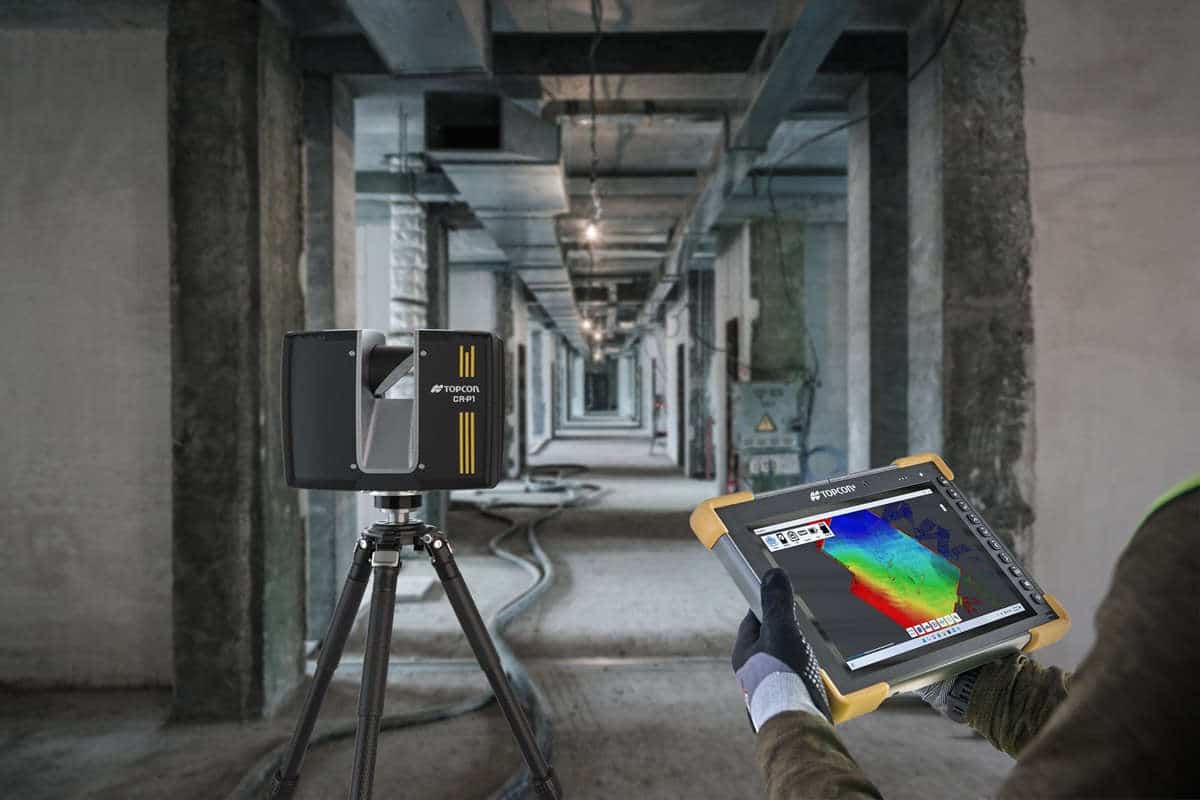Safety and Operational Tips for Light Towers

Light towers are essentially diesel-driven generators combined with a lighting element. In most cases, the light tower has a means for auxiliary power, in addition to the power it uses to run the lights. This turns most light towers into multi-functional pieces of equipment, allowing operators to use them as small generators.
Before any maintenance is performed, it is imperative that the machine is fully shut down with time to cool completely. Maintenance personnel should also understand the relationship between hours and miles. The typical 400 to 500 hours on a light tower would be equivalent to 12,000 to 15,000 miles on a vehicle.
Understanding this helps put into perspective the wear and tear the typical light tower and engine are seeing.
When talking about maintenance, there are a few areas to consider: the engine and the light tower itself. In most cases, users will be dealing with a liquid-cooled engine equipped with a radiator and an oil sump. Proper maintenance and replacement schedules should be kept up for all filters, including the fuel filter and air filter, especially in dirty environments. Additionally, ensuring that the proper engine oil as well as the correct, clean fuel is used can go a long way in maintaining the machine.
Once the machine is moved and is on-site, proper setup is key. A lot needs to be done between pulling the light tower onto the jobsite and starting it up. Users need to level the light tower and set up the outriggers properly. Then, before raising the mast, make sure the lights are positioned and adjusted to the desired position. Once the tower is set up and the mast is raised, ensure that all of the switches are turned off prior to starting the engine. Operators should always refer to the manufacturer’s instructions for startup; once the engine is on and running, it is best to let the engine run for a few minutes before applying a load.
Bulbs are one thing that light towers can get a lot of mileage out of. The general lifespan of a light tower bulb is 1,000 hours, but the more the light tower is towed, the higher chance the lighting element will break. This largely depends on how tightly strapped the machine is when towing. The best way to tow without breaking bulbs is to orient the lamp socket in a downward position with the lenses turned in, and ensure that the mast is all the way down and secured to reduce bouncing during transit. Additionally, it is important that the safety pins are in all outriggers to prevent sliding, the safety chains are connected, the trailer lights are fully operational and the tires are properly inflated before towing.
Other than towing, it is important to protect the bulbs from contaminants whenever possible. Store replacements in a clean place, only unpack them when using immediately, avoid touching them with bare hands (oil from users’ hands can get on the lighting element, causing it to burn at a higher temperature) and properly secure to the light tower before use.
Different light towers have different maintenance concerns. The main differences in light towers are related to the type of lighting element being used. High-pressure sodium, mercury vapor and metal halide lamps tend to burn at a higher temperature, and proper handling techniques — clean storage and safe handling — must be observed. LED lighting elements are easier to handle since they do not burn hot; however, LED bulbs are not replaceable, so the whole element needs to be replaced.
Other concerns operators should be aware of is the wind speed outside. It’s not only potentially damaging to the light tower but is also a safety issue. Light tower units are equipped with four-point stabilizer/outrigger systems and are typically built to withstand wind gusts up to 65 mph when the outriggers are properly deployed. Never operate light towers in winds higher than what has been rated by the manufacturer.
Eric Massinon is Business Development Director for Chicago Pneumatic Construction Equipment.




